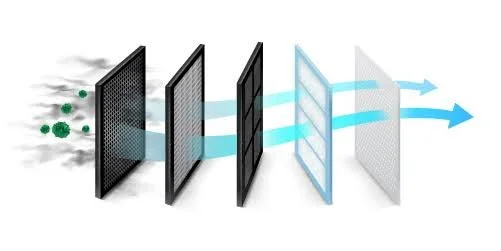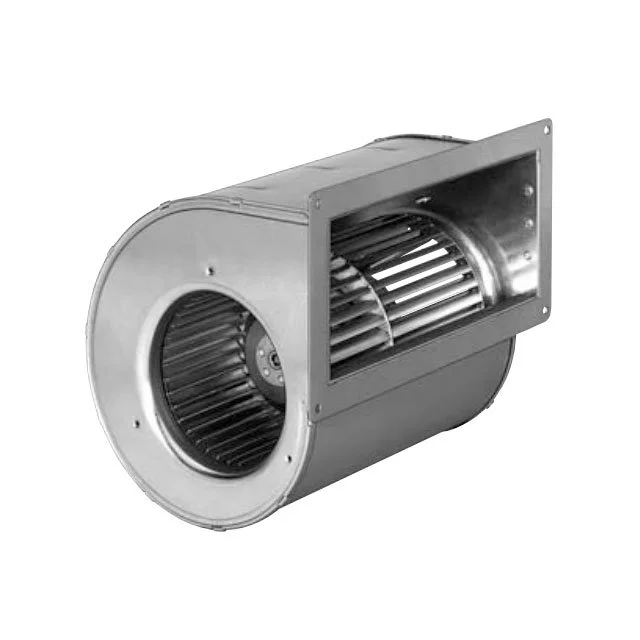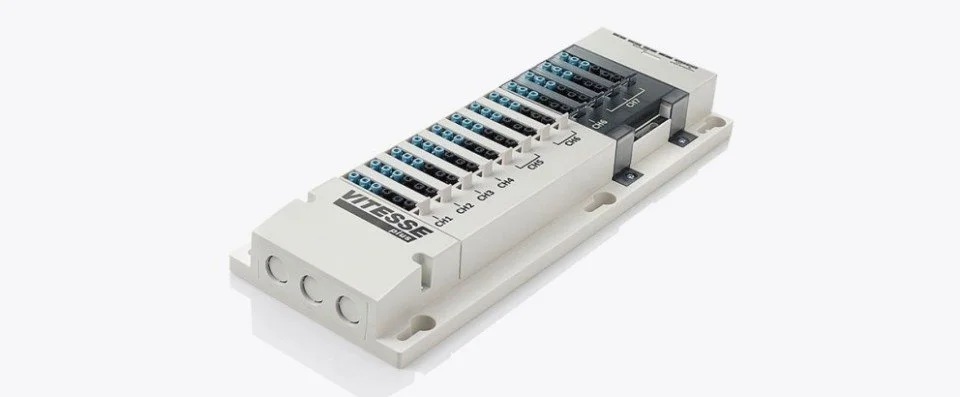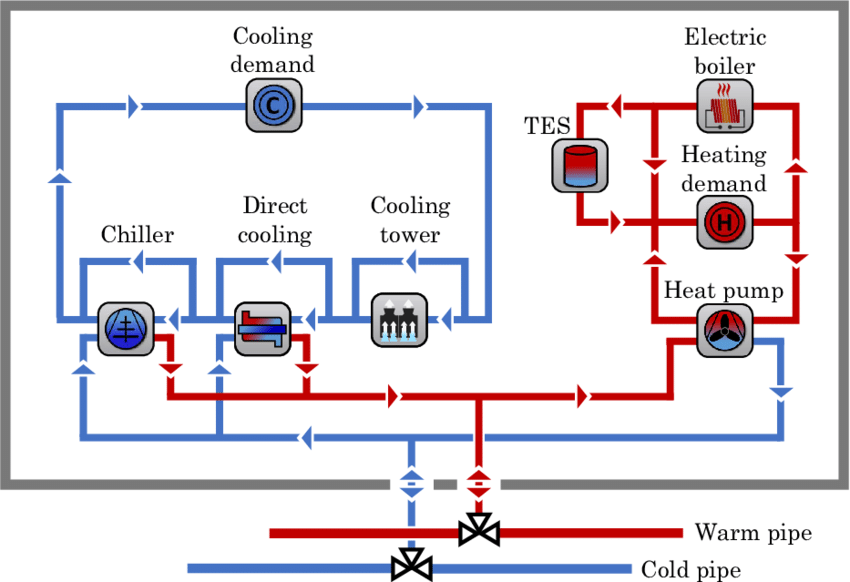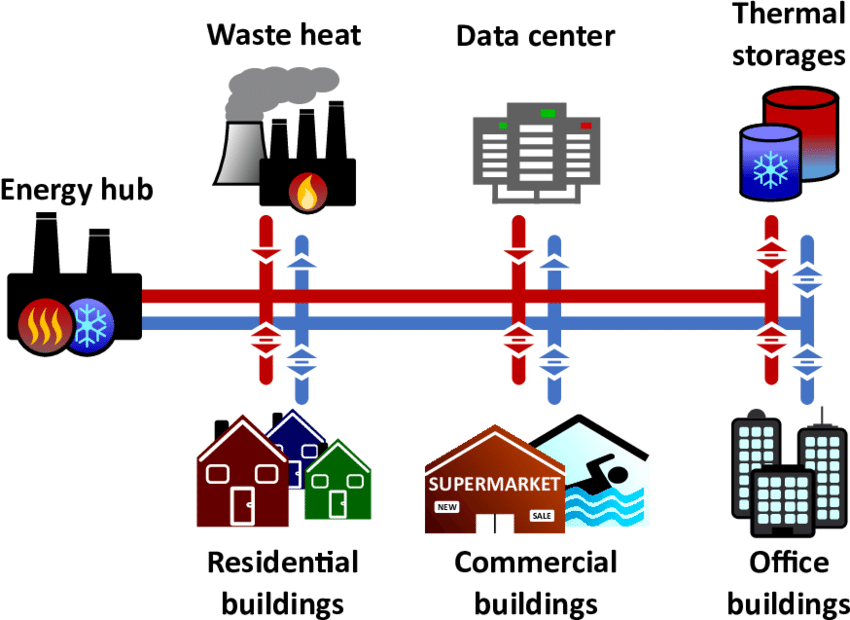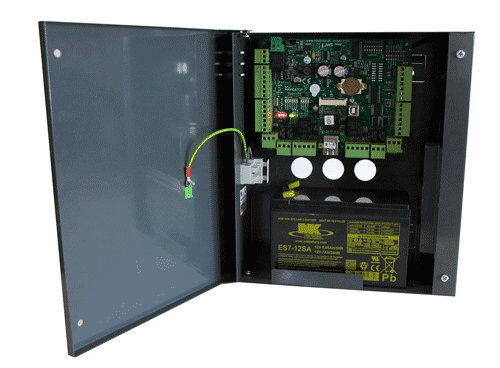
What Systems do we provide for?
Which systems use Controls and BMS?

Air Conditioning Systems —
Cooling, Heating & Treating Air
We integrate controls that manage cooling and heating to maintain stable internal climates, especially in environments where precision matters. Automated setpoints and scheduling help optimise energy use and keep occupants comfortable. Our systems can respond dynamically to load, occupancy, or external conditions.
Maintaining correct humidity levels and air purity is essential in critical and commercial environments. We implement control strategies for humidifiers and filtration units that ensure compliance with air quality standards while maintaining energy efficiency.
Humidification & Filtration
Ductwork systems –
fans, ducting, louvres, vanes and dampers
Dampers, fans, and louvres are essential for distributing air correctly through duct systems. Our BMS platforms monitor airflow, modulate fan speeds, and position dampers in real time to maximise ventilation efficiency and system balance.
From lighting and power to control wiring and data infrastructure, we support the integration and control of all key electrical systems. Intelligent monitoring reduces energy waste and ensures reliability, while smart control logic enhances safety and uptime.
Electro-technical systems –
power, data, lighting, control, appliances
Fire detection and suppression systems –
detectors, manual call points, annunciators,
sprinklers and gas suppression
We integrate fire systems—including detectors, gas suppression, and annunciators—into BMS platforms for fast visibility and coordinated response. System integration ensures alarms, HVAC shutdowns, and alerts are synchronised and compliant with safety regulations.
Gas systems – boilers, fires, cooking appliances
Boilers, heating appliances, and gas-based equipment require reliable safety controls and monitoring. Our solutions ensure proper combustion management, leak detection integration, and safe system shutdowns if faults are detected.
Heating systems –
domestic, commercial,
industrial generation and distribution
From small domestic setups to large-scale industrial heating networks, we provide intelligent control of temperature, timing, and demand. Our systems reduce energy waste and enable proactive maintenance through performance monitoring.
Hydraulic systems – pipework, pumps
and valves for heat distribution
These systems circulate heated water or fluids through pipework and valves. Our controls monitor flow rates, temperatures, and pump status to ensure efficient and reliable heat distribution.
Lighting systems – occupant, task,
emergency and signage
Lighting automation enhances comfort and safety while reducing energy usage. We offer occupancy-based, task-specific, and emergency lighting control, fully integrated with building schedules and monitoring tools.
Plumbing systems –
cold water, hot water,
sanitation, rainwater drainage and re-use
Our controls monitor hot and cold water supply, sanitation flows, and rainwater harvesting to optimise pressure, temperature, and system integrity. Leak detection and usage tracking reduce waste and risk of failure.
Critical cooling systems such as chilled water plants and direct air-cooling units are monitored and managed through our platforms. We provide temperature control, alarm reporting, and fault diagnostics for uninterrupted performance.
Refrigeration systems –
chilled water, cooling air
Security systems –
intruder alarms, surveillance systems,
and access control
Access control, intruder detection, and surveillance are crucial to
critical site safety. We integrate these systems with BMS to enhance visibility, automate lockdown procedures, and centralise monitoring.
Shading systems –
automated blinds to reduce solar heating
Automated blinds and shading reduce solar heat gain, cut cooling
costs, and improve comfort. Our systems control shading based
on daylight levels, occupancy, or schedule for optimal energy balance.
Ventilation systems –
Mechanical ventilation,
Non-Mechanical ventilation
Mechanical and passive ventilation systems are managed
to provide adequate fresh air while minimising energy
consumption. CO₂ monitoring, occupancy sensors,
and weather compensation ensure optimal
ventilation control.





